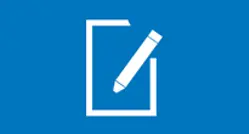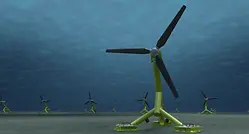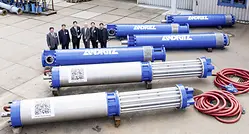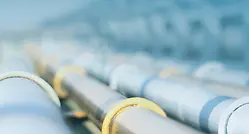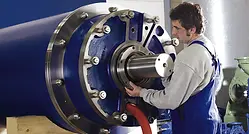
Latest ANDRITZ SeaSOx news and projects
Due to the lower sulfur limits that entered into force for shipping worldwide in 2020, more and more shipping companies are equipping their ships with exhaust gas scrubbers.
ANDRITZ has adapted its power plant-proven exhaust gas purification technology for the maritime sector and is now naming it ANDRITZ SeaSOx.


U type scrubbers for ANDRITZ hybrid system to be installed on new container vessels. The open spray towers are equipped with three spray levels and the patented FGDplus module to avoid male-distribution of the exhaust gas and to support soot and SO3 removal. The scrubbers were manufactured at the ANDRITZ workshop in Foshan



















